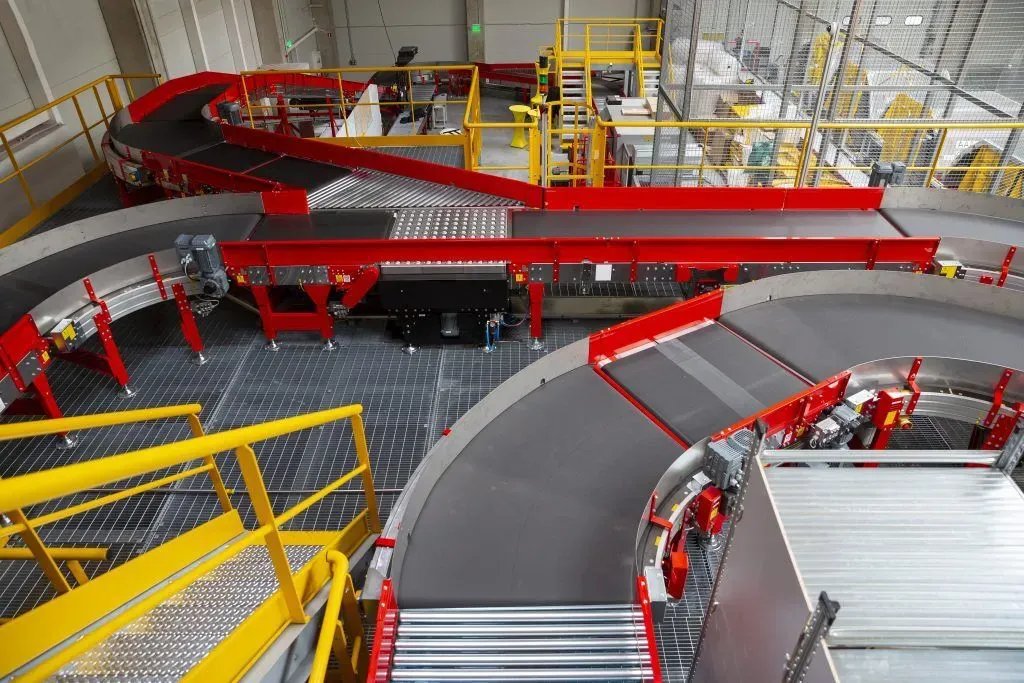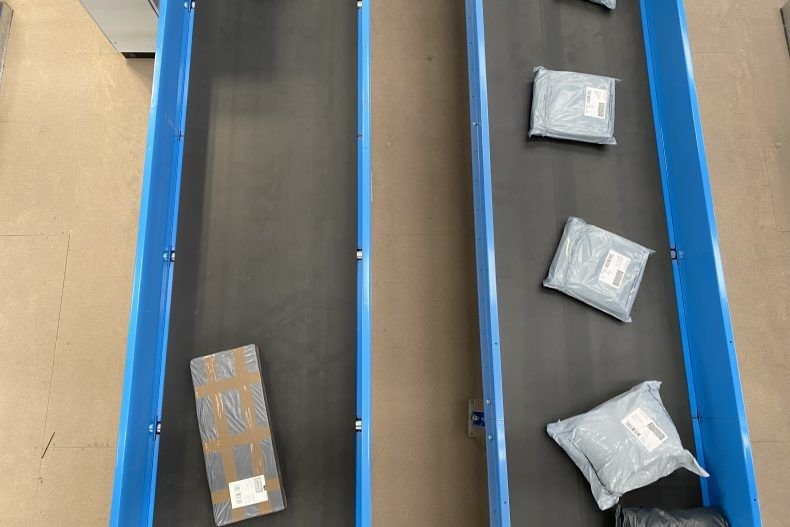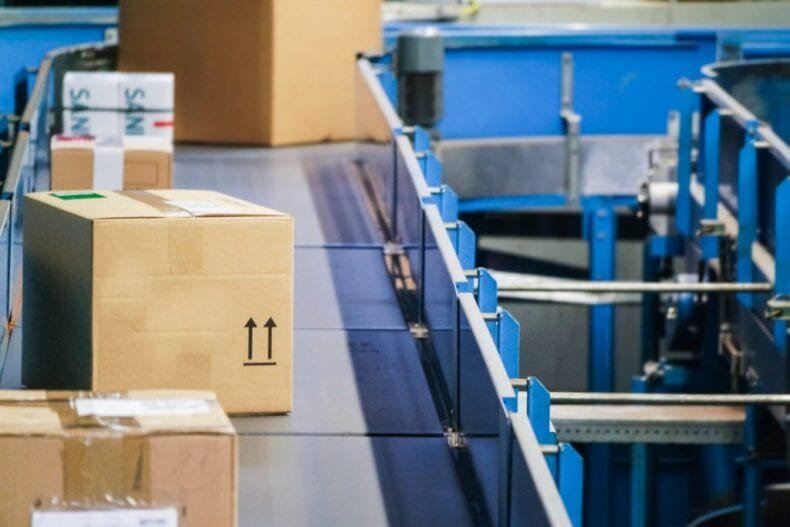Product Characteristics
To ensure safe and efficient conveying, it is essential to consider the size, shape, weight, fragility, and orientation of the product being transported. These factors play a crucial role in determining the type of conveyor and its specifications.
Taking these into account ensures that conveyor systems can handle the product properly without damaging it, leading to increased efficiency and reduced maintenance costs.
Material Handling Requirements
The capacity and size of a conveyor are dependent on several factors, including the amount and type of material being transported, as well as the desired speed and throughput.
These factors play a crucial role in determining the appropriate system design to ensure that the conveyor can handle the material’s weight and volume effectively while meeting the required productivity levels.
Conveyor Type
Conveyor systems come in various types, including belt, roller, screw, and chain conveyors, and each has its own set of advantages and limitations. It is crucial to select the appropriate conveyor type based on the specific requirements of the application to ensure optimal performance and efficiency.
Factors such as product characteristics, throughput requirements, and environmental conditions must be taken into account to make the best choice for a particular application.
Conveyor Length and Layout
The number of drives, pulleys, supports, and the type of conveyor system needed is dependent on the conveyor’s length, routing, and elevation changes. These factors are crucial in determining the conveyor’s overall design, which will directly affect its functionality and efficiency. Therefore, it is essential to carefully consider these aspects when designing one.
Safety considerations
Ensuring conveyor safety should be given utmost priority, and safety features like emergency stop switches, guarding, and lockout or tagout systems must be considered during the design phase. It is crucial to implement safety mechanisms that can prevent accidents, reduce the severity of injuries, and safeguard employees working in the vicinity of the conveyor.
Proper safety measures can promote a safe working environment and prevent accidents, which can ultimately lead to increased productivity and decreased costs associated with workplace injuries.
Maintenance requirements
When designing conveyor systems, it’s important to consider maintenance, cleaning, and repair requirements. As such, the design should allow for easy access to all components. This is essential to ensure that maintenance tasks can be carried out quickly and efficiently, minimising downtime and maximising productivity.
The ability to access and clean all parts of the system also helps to prevent the accumulation of debris and contamination, which can compromise product quality and increase the risk of breakdowns or malfunctions.
Cost
It is also important to take cost into account. This includes not only the initial cost of purchasing and installing the system but also the ongoing expenses of maintaining and repairing it. By factoring in these costs during the design process, it is possible to create a system that is both efficient and cost-effective in the long run.
Our conveyor expertise forms the heart of L-A-C Logistics Automation. With over two decades of conveyor expertise, our in-house solution team will work with you every step of the way in the design, manufacture, implementation and after care of your bespoke conveyor system. Contact us today!


